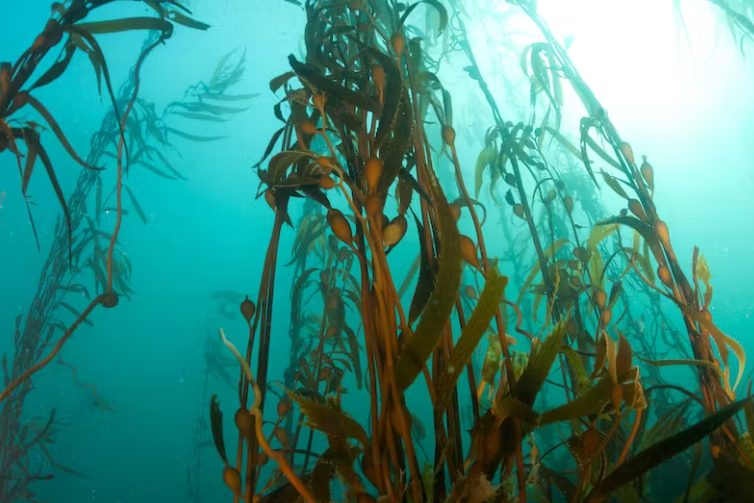
Humble seaweed is having a moment. It’s been heralded as a sustainable superfood, a biodegradable replacement for plastic packaging and a feed supplement to cut cows’ methane emissions. Now, new research shows that seaweed forests — such as massive underwater towers of kelp — may play a bigger role in fighting climate change than previously thought.
A study by researchers at Conservation International and the University of Western Australia found that seaweeds absorb as much climate-warming carbon as the Amazon rainforest. But not all seaweed forests are created equal — some offer much better climate benefits than others.
To learn why, Conservation News sat down with the study’s lead author Albert Pessarrodona, a post-doctoral researcher at Conservation International.
Conservation News: What did your research find?
Albert Pessarrodona: For years, we’ve suspected that seaweed is an underappreciated ally in the fight against climate change. Our research set out to examine that potential. We looked closely at seaweed forests, like those made up of fast-growing kelp, and found that the conservation and restoration of those forests around the world could help keep roughly 36 million metric tons of carbon out of the atmosphere. That’s roughly the same amount of carbon captured by between 1.1 and 1.6 billion trees.
But not all seaweed forests play an equal part in sequestering carbon. Location makes a big difference. Seaweed forests in temperate and polar regions absorb more carbon than those in warmer, tropical waters. That’s because cool, nutrient-rich waters support the tallest forests, which are better at absorbing carbon.
